CRO is the abbreviation for Convert Rate Optimization. CRO is a working process with the application of practices and techniques that help your company optimize and improve the performance of your digital product.
Conversion is the action that your company wants the consumer to do with your product, which can be a website, e-commerce, application, landing page, platform or system.
Some examples of conversion are:
The conversion rate is the percentage of consumers of your product who performed the action desired by the company. For example: an e-commerce site has 10,000 daily visitors and a total of 600 purchases per day. In this case the conversion rate is 6%.
Daily Visitors: 10,000/day
Daily purchases: 600/day
Conversion rate: 6%.
It is important to note that a CRO project does not have a determined end date, because improvements can always be applied.
The duration of each cycle depends on the project and can last from 1 to 2 weeks.
The number of techniques applied usually varies according to the context of the client and the project.
We should follow some tips to improve the performance of digital products:
Check out the opinion of our partners

The process with Tuia was very important and constructive. Tuia brought its expertise, listened to us, and we built the tests together, meeting all our needs. It is a job that I am very proud of.

Leon Neto
Sr. e-Business, Digital & Media Marketing Manager | Subway
Learn more about a CRO project in this webinar given by our founder, Gilmar Gumier